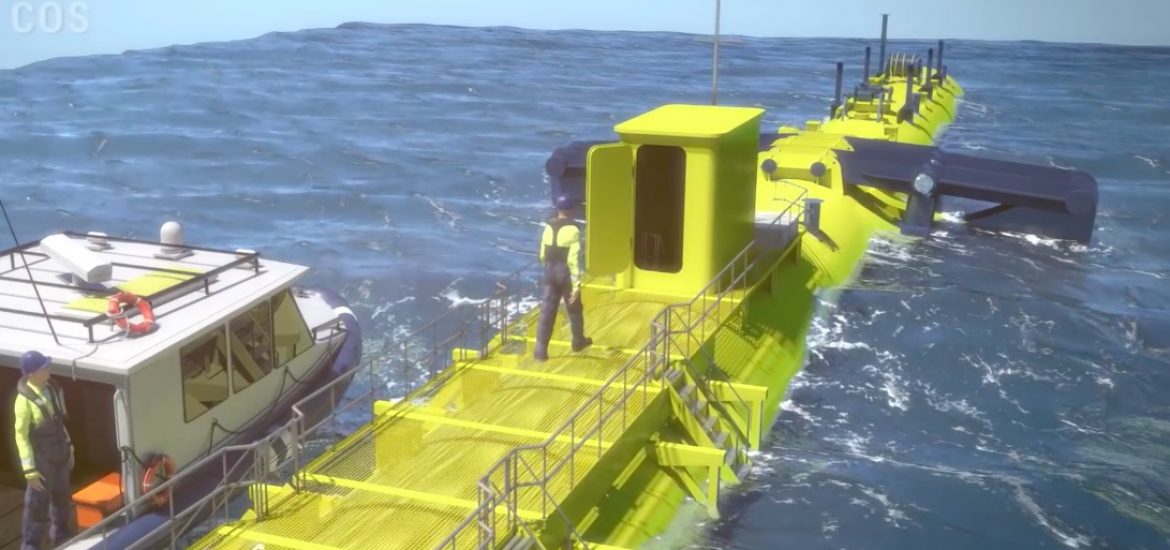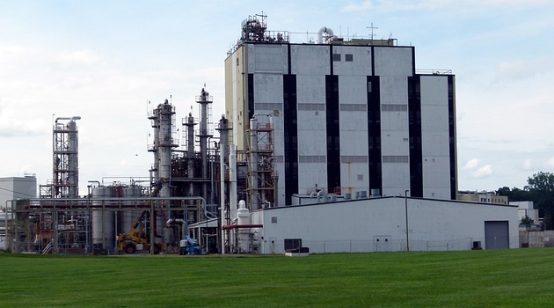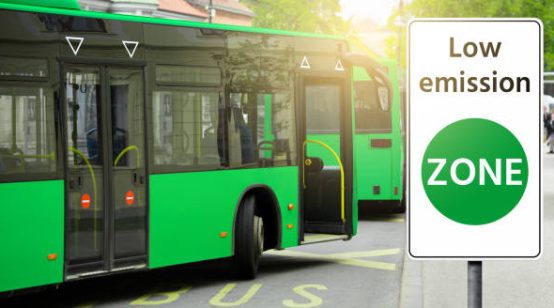
Renewable energy firm Orbital Marine Power has revealed the designs of its commercial production tidal turbine, the Orbital O2 2MW, promoted as the world’s most powerful such project.
It is set to be deployed off Orkney in the North Sea by 2020.
Andrew Scott, Orbital chief executive, said: “The Orbital O2 is a low-cost solution for future commercial projects and builds on the features which made the SR2000 an industry breakthrough.”
The SR2000 reportedly produced in excess of 3GWh of electricity over its initial 12-month test programme.
“This optimised turbine will unlock tidal markets around the world at a competitive price point and provide regulators and investors with a new, predictable renewable energy option,” Scott added.
The Orbital O2 at the European Marine Energy Centre (Emec) is due to comprise a 73m-long floating superstructure, supporting two 1 MW turbines at either side at a tidal current speed of 2.5 m/s.
With rotor diameters of 20 metres, it will have a 600 square metre rotor area, which the firm says will be the largest ever on a single tidal generating platform.
Orbital Marine, formerly Scotrenewables Tidal Power, says when it launches in 2020 that the project will be the most powerful tidal generating platform in the world.
This first turbine is being funded with support from a live public debenture offer through Abundance Investment, announced last month, along with the European Horizon2020 and Interreg North West Europe innovation programmes.
The debenture offer has already raised close to 50 per cent of its £7 million crowdfunding target.
The Orbital O2 has been designed for low-cost access to all systems and components, mostly within the floating superstructure for onsite maintenance as with the SR2000.
The firm said the site would also feature new “gull-wing” style retractable legs that raise the nacelles, pitch hubs and blades to the water surface for easy access without heavy-lift vessels.
The steel structure has been simplified to reduce fabrication costs and allow it to be replicated elsewhere and installed with modest-sized workboats.
Orbital’s design features 360-degree blade pitching control to allow safe, dynamic control of the machine’s 20-metre rotors to enable power to be captured from both tidal directions.
The controllers were designed to support the installation of even larger blades in the future, Orbital said, which released an animation of the Orbital O2 2MW.
An animation of the Orbital O2 2MW. Picture credit: YouTube





